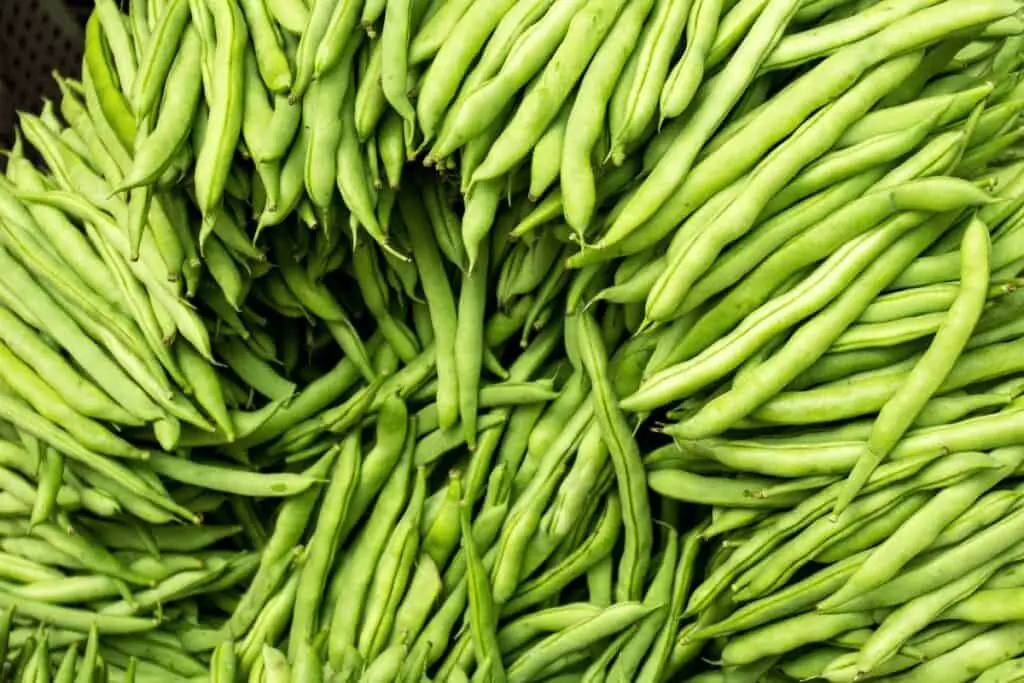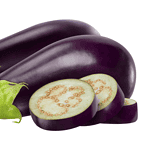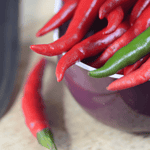Green beans are a popular choice for home gardeners and farmers alike. They are easy to grow and provide a bountiful harvest of delicious and nutritious produce. One of the most important factors in growing healthy and productive green bean plants are providing them with the right amount of water.
In this article, we will explore the best practices for watering green beans and answer the question, “How often should you water green beans?”
Quick Answer
We can conclude that green beans require consistent watering to grow healthy and produce a good harvest. However, it is crucial not to overwater the plant as it can lead to root rot and stunt growth.
To prevent overwatering, it is important to place the plant in the right soil with good drainage. On the other hand, underwatering can lead to the plant’s death, so it is crucial to keep the soil moist. Here are some tips to help you water your green beans properly:

Tips for Watering Green Beans
- Water the green beans at the right intervals, not too much and not too little.
- Place the plant in the right soil with good drainage.
- Provide consistent watering to the plant.
- Keep the soil moist but not waterlogged.
- Water the plant with about two to three inches of water per week.
- Preferably, water the plant in the morning
Understand Green Bean Watering Needs
Green bean plants need adequate water to grow and produce a healthy crop. However, it is important not to overwater them, as this can lead to root rot and other problems. On the other hand, underwatering can cause the plants to wilt and produce fewer beans. In general, green beans need about 1 to 1.5 inches of water per week, including rainfall and irrigation. [3]
Consider Soil Type
The type of soil you have will also affect how often you should water your green beans. Sandy soil drains water quickly and may require more frequent watering, while clay soil retains water and may require less frequent watering.
If you are unsure about your soil type, you can test it using a soil test kit, available at most garden centers. [1]
Watering Frequency
It is important to water your green beans deeply and thoroughly, rather than giving them a quick sprinkle. Watering deeply encourages plants to develop strong root systems and helps them withstand dry periods.
However, it is also important to avoid getting the leaves wet, as this can lead to disease and other problems. Watering in the morning is generally the best time, as it allows the leaves to dry quickly and reduces the risk of disease. [2]
Fertilizing Green Beans
Green bean plants can be fertilized once a month throughout the growing season if so desired. A 10-10-10 fertilizer will usually do the job nicely. Most granular fertilizers are applied at 1 1/2 pounds per 100 square feet. Apply the granules according to the manufacturer’s instructions.
They should be applied at the edges of the rows and not thrown directly on the plants themselves. Once a granular fertilizer is applied, water it well. This will allow the fertilizer to enter the soil and be absorbed by the root systems.
If you choose to use a water-soluble type fertilizer, apply it according to the manufacturer’s directions. A hose-end sprayer is convenient for applying water-soluble fertilizer.
In our garden, we apply a granule fertilizer a few days before we plant. We water it in, wait a couple of days, and then till and plant. Then, we switch to a water-soluble fertilizer and apply that about once a month during the growing season.
A layer of mulch can be applied to green bean plants to help regulate soil moisture and temperature levels. Grass clippings, chopped-up leaves or hay work well for mulch. Additionally, mulch will help prevent the growth of weeds in your garden.
After fertilizing, mulching, and watering green beans, the only thing left to do is harvest them.
Tips for Consistent Watering
To ensure consistent and adequate watering, you can use a soaker hose, drip irrigation, or a watering can with a gentle shower head. These methods allow water to seep slowly into the soil, rather than running off or evaporating quickly.
It is also a good idea to mulch around your green bean plants to help retain moisture in the soil and reduce weed growth. [1]
Signs of Underwatering and Overwatering
If you are unsure whether you are watering your green beans enough or too much, there are some signs to watch for. Underwatered plants may wilt, have yellowing leaves, and produce fewer beans. Overwatered plants may also wilt, but the leaves will be yellow or brown and may show signs of fungal disease.
The soil may also have a sour smell, indicating root rot. If you see any of these signs, adjust your watering accordingly. [2]
[1] According to Vegetable Gardener X, watering the green bean plant at the right intervals is key. The bean plant requires a good amount of watering during its development and pod growth period. However, it is essential to water the plant at the right intervals, not too much and not too little.
Overwatering can cause the roots to rot and stunt the plant’s growth, while under-watering can lead to the plant’s death. So, how can we grow a healthy green bean plant?
Vegetable Gardener X suggests placing the plant in the right soil and providing consistent watering, thereby helping the plant produce a good harvest.
[2] Farmingpedia recommends sowing green beans just after the threat of cold has gone in the springtime. The website also suggests that green beans should be planted in the autumn, 10-12 weeks ahead of the first forecast winter.
For every 100 feet of green bean line, use 1/4 to 1/2 pounds of seed. It is also recommended to employ fungicide-treated seeds whenever feasible to prevent seedlings from illness once they are established and thriving.
[3] Watering Bush Green Beans by Green Garden Tribe emphasizes consistent moisture for the plant’s healthy development. While the plant requires good drainage, it is essential to keep the raised beds, ground, or containers moist.
However, the website advises not to waterlog the plant until germination. It is recommended to water the plant with about two to three inches of water per week, preferably in the morning.
FAQs
Can I water green beans with a sprinkler system?
It is best to avoid sprinkler systems, as they can get the leaves wet and increase the risk of disease. Instead, use a soaker hose, drip irrigation, or a watering can with a gentle shower head. [1]
How can I tell if my green beans need water?
Green beans are a delicious and healthy addition to any garden, but it can be challenging to know when and how much to water them. In this article, we will cover some tips to help you determine when your green beans need water and how to avoid common mistakes that can harm your plants.
How much water do green beans need per week?
According to [2], green beans typically require about 1 to 1.5 inches (2.5 to 3.8 centimeters) of water per week.
How often should I water green beans?
Green beans should be watered daily, preferably in the morning, according to [2]. Watering in the middle of the day is not as effective due to evaporation.
Can you overwater green beans?
Yes, green beans can be overwatered, which can lead to root rot and other problems. It’s important to make sure the soil is moist but not waterlogged and to avoid watering during rainy periods. [1]
What happens if green beans don’t get enough water?
If green beans don’t get enough water, they may produce fewer beans and the beans may be smaller. The leaves may also wilt and turn yellow, and the plants may become more susceptible to pests and diseases. [2]
Are there any other factors to consider when watering green beans?
In addition to the amount and frequency of watering, soil temperature, and mulching can also affect how much water green beans need. According to [3], green beans prefer soil and air temperatures between 65°F and 85°F (18°C to 29°C) and benefit from having the topsoil covered in mulch to retain water during warmer days.
Can I use tap water to water green beans?
Yes, you can use tap water to water green beans. However, it is recommended to avoid using chlorinated water.
Conclusion for How Often Should You Water Green Beans?
It is important to water green beans regularly and consistently throughout their growth and pod development period. While they need about 1 inch of water per week, the timing and amount of watering can depend on various factors, such as weather conditions, soil type, and plant size.
It is generally recommended to water green beans deeply in the morning and to avoid frequent, light waterings [1][2]. Additionally, it is crucial to ensure that green beans are planted in the right soil and receive adequate nutrients to support their growth and harvest.
With proper watering and care, green beans can thrive and produce a bountiful harvest for gardeners to enjoy.
Latest Posts
- How to Plant Mushroom Seeds for Maximum Germination

- How to Plant Lettuce Seeds for Maximum Germination

- How to Plant Kale Seeds: A Step-by-Step Guide to Maximum Germination Success!

- How to Plant Eggplant Seeds: A Step-by-Step Guide to Maximum Germination Success!

- How to Plant Cucumber Seeds for Maximum Germination

- How to Plant Chili Pepper Seeds for Maximum Germination





